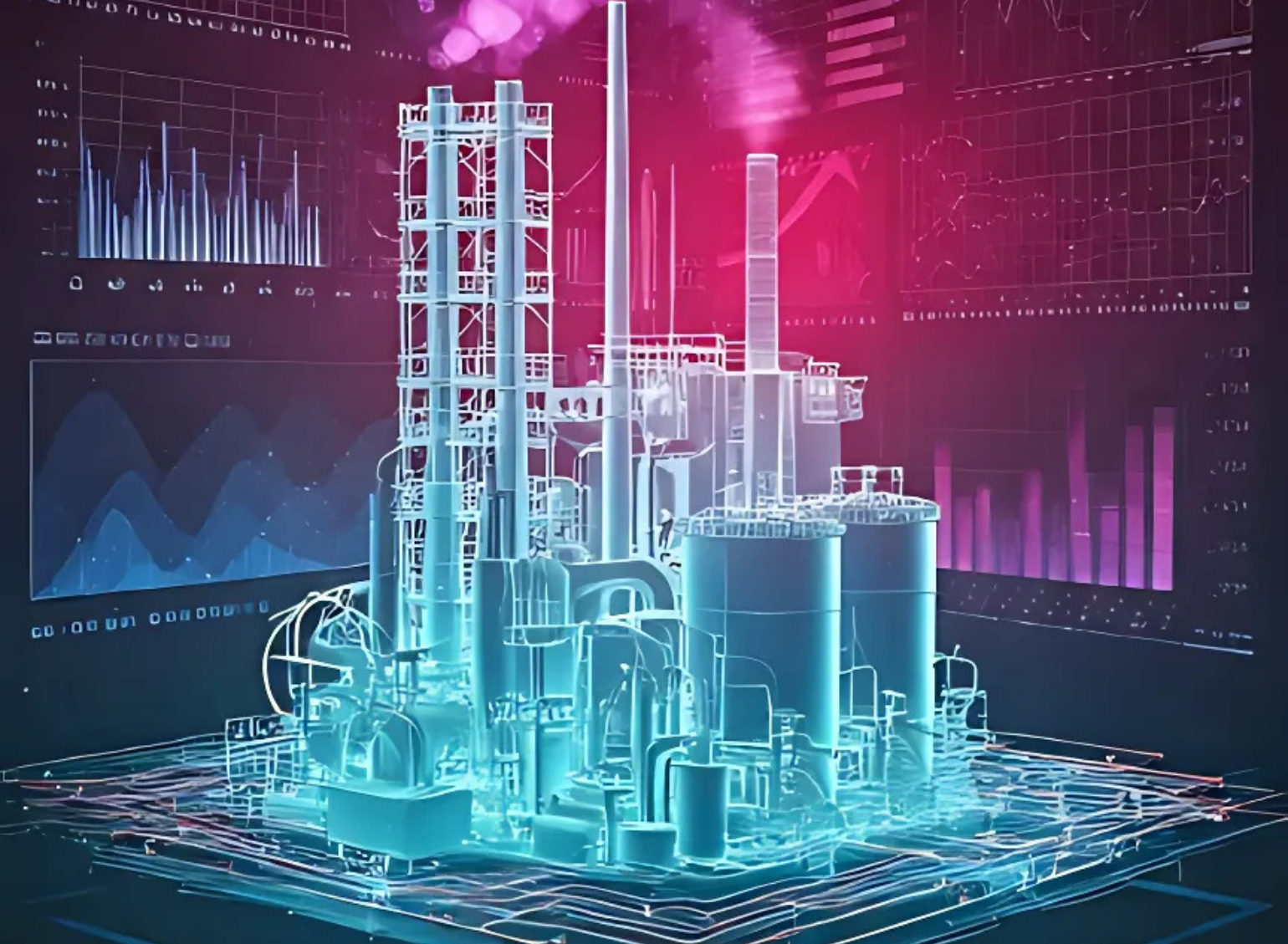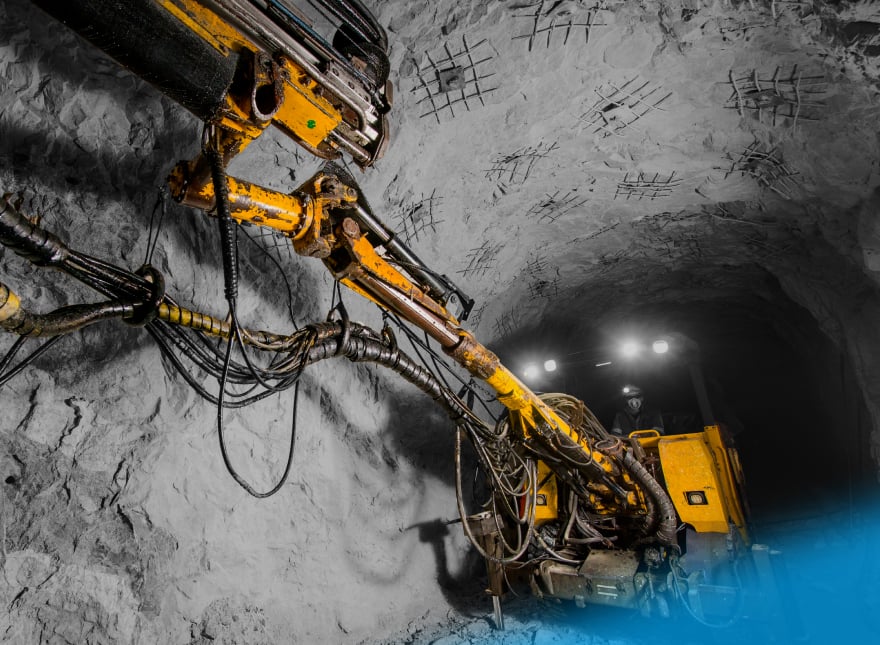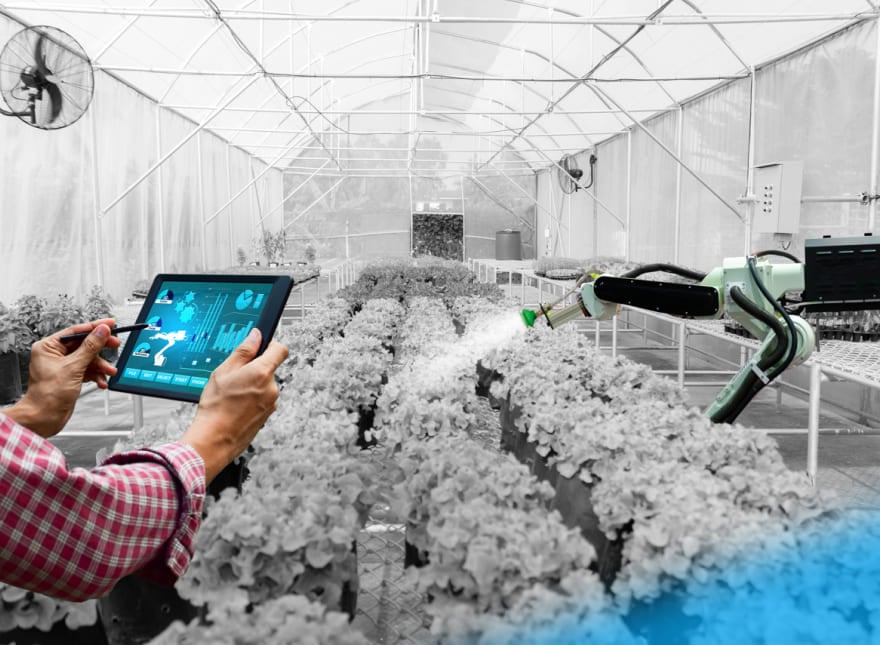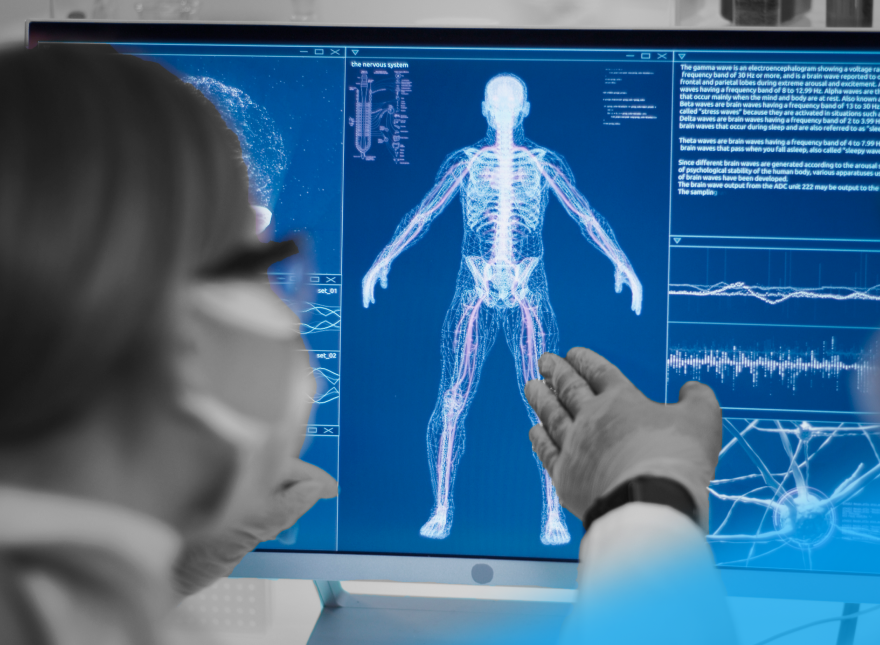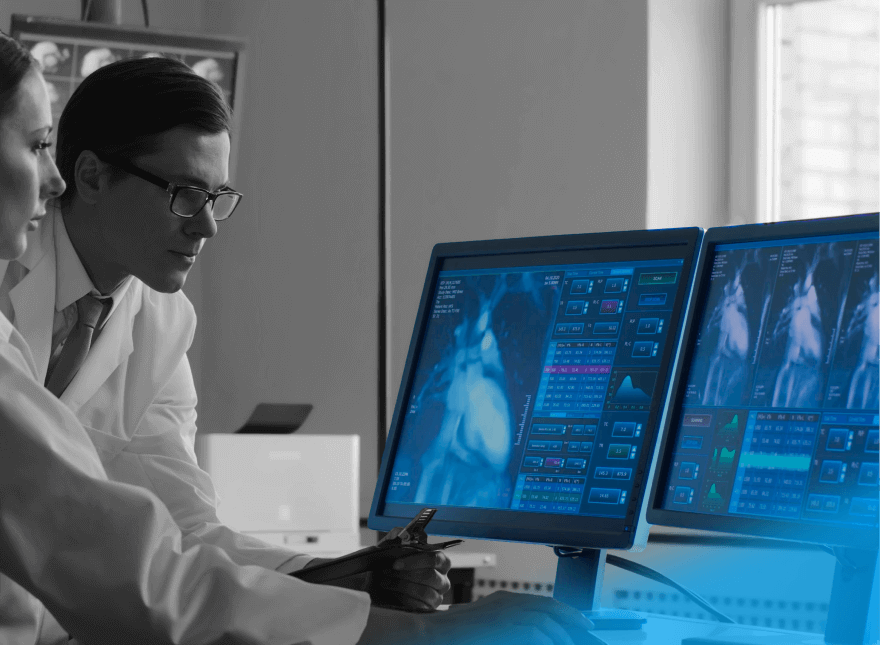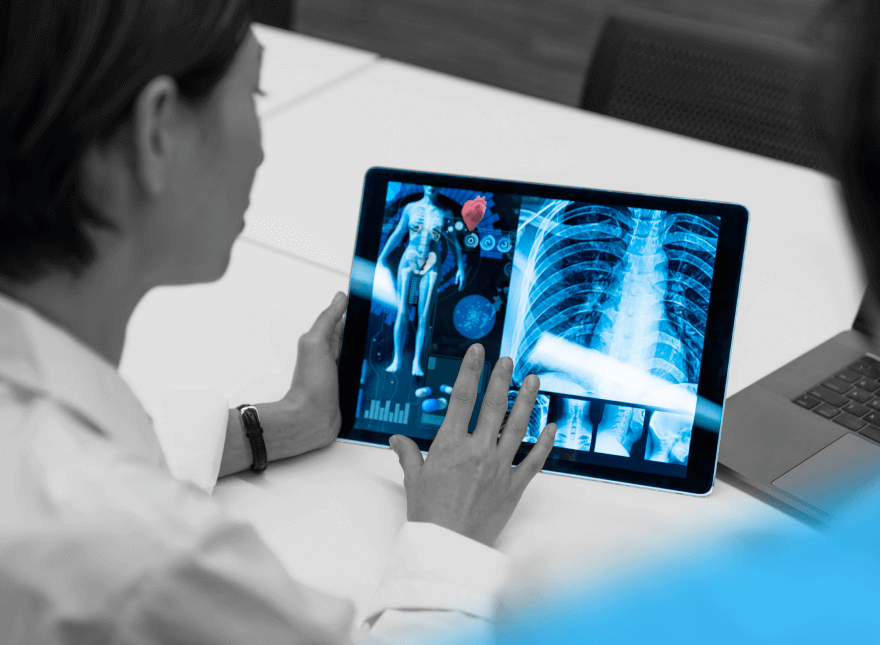Digital Twins for Renewable Energy: 3 Use Cases
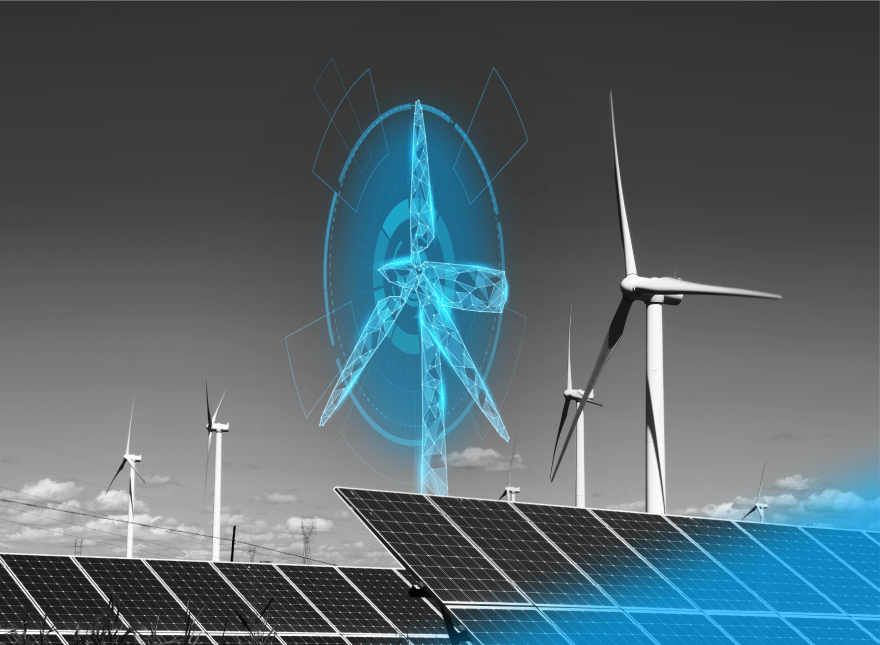
For years, everything remained more or less stable in the renewable energy sector as it was never as large as it is today. Wind farms and solar power plants only occupied small areas, so it was easy to perform any kind of inspection or repair and reach assets in a matter of minutes.
However, this has changed with the expansion of renewables. Today’s wind farms cover huge areas—up to 200 square miles. Without real-time visibility of all these assets, it can be difficult to ensure smooth and trouble-free operations. This increases the risk of power outages and unplanned downtime, which would cost a business a fortune.
Digital twins can address this issue. They can help businesses manage their assets even if they’re scattered across large areas. In this article, we’ll talk about possible areas of use for digital twins in the renewable energy sector. We’ll cover real-life examples and explore how technology benefits the sector.
Table of Contents
Digital Twin for Renewable Energy Explained
At their core, digital twins are digital replicas of physical objects. To create a digital twin, engineers collect data from sensors, cameras, and other sources that monitor physical objects. Then, they feed this data into digital twin software that creates a virtual model of the object. This model accurately represents the behavior and characteristics of the physical system.
In the renewable sector, digital twins may function at three levels of complexity:
- At a basic level, they simply gather data on physical objects for future use. For instance, digital copies of solar panels collect data about their performance and working condition. When the data has been analyzed, engineers can use the insights to predict the solar farm’s expected performance.
- At an intermediate level, digital twins are capable of generating what-if scenarios. They allow companies to experiment with operational settings to discover the best working configuration. For example, the digital twin of a wind turbine may simulate a what-if performance scenario for hurricane winds. Operators can see how the system would behave and they adjust it accordingly so that it remains stable should this situation occur.
- At an advanced level, digital twins are equipped with AI capabilities. They can detect any deviation in asset behavior. Advanced digital twins can also take over decision-making in terms of fixing identified faults. For example, a virtual copy of a hydropower station makes it easy for operators to detect if the plant is pumping too much water and working at the limit of its capabilities.
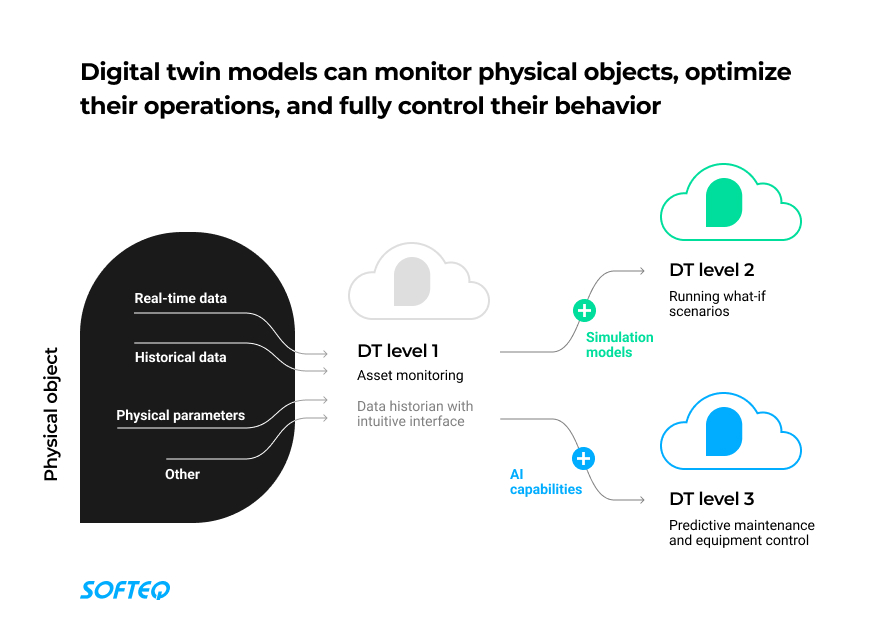
Digital twins can benefit various industries. Use cases range from designing personalized treatment plans in healthcare to creating virtual replicas of processes and equipment in manufacturing. Now, let’s take a look at three digital twin use cases in the renewable energy sector and consider real-life examples.
Use Case 1. Digital Twins for Solar Power Plants
Just like any utility-scale energy object, solar farms require regular inspections to detect problems quickly. However, manual inspections are time-consuming—they can even take weeks! They are also labor-intensive. Here’s why.
Solar plants are complex systems consisting of photovoltaic modules, inverters, and high-voltage equipment. Inspecting engineers need to check each part to make sure they are working properly to generate power. They need specific equipment like thermal imaging cameras to detect temperature deviations that impact the solar farm’s performance. Engineers gather data on how the parts are functioning and any defects that have occurred. Then, they record parameters on their tablets. Not only is this time-consuming, but it’s also dangerous as they have to work in the heat and dust.
Now consider the fact that a standard solar farm may span an area of thousands of acres and consists of 10,000 solar panels on average!
Digital twins of solar plants come in handy for grid inspection and monitoring. Virtual replicas help engineers get real-time data on each module’s performance. Operators receive notifications if an anomaly occurs, so they can quickly respond and fix the problem before it escalates.
Engineers can also use digital twins to see how the equipment and its parts will perform in the future. Engineers can use this data to schedule maintenance activities beforehand. Simulations are also useful as they show how solar panels would perform in extreme weather conditions. This helps operators adjust the system to increase its reliability.
Real-Life Example: Identifying Maintenance Needs
At the Topaz Solar Farm in California, a digital twin is used to monitor assets. The virtual replica of the plant is based on real-time operational data as well as historical data from inverters and other modules.
The digital twin provides Topaz operators with data on the solar farm’s performance. This helps them find areas that need maintenance and schedule future maintenance activities. Operators can also use the twin to determine if the plant is running less efficiently than it should, and why. They can also run what-if scenarios to find the best possible ways to improve efficiency and performance.
All this helps the Topaz Solar Farm to perform at its best. Operators even managed to double the solar panels’ performance and cut maintenance costs by a third.
Benefits:
- Solar panels are more efficient and reliable because all maintenance activities are efficiently preplanned
- Maintenance costs are reduced as failures are identified before they occur

Use Case 2. Digital Twins for Wind Farms
Extreme winds pose risks for wind farms. The equipment can experience vibrations, which can lead to fatigue, wear and tear, and structural damage.
Usually, wind equipment has built-in mechanisms that help minimize damage during strong winds. For example, a turbine’s angle of inclination and blade speed can be automatically adjusted. The system can also automatically shut down. However, such mechanisms aren’t always effective as they may not react quickly enough to current weather conditions. This means that operators need to ensure the turbines are solid enough to withstand strong winds. But how?
Wind farm digital twins can help. They can simulate how the equipment would operate in various weather conditions. This enables operators to develop valid strategies for emergency response that help minimize damage and ensure a seamless electricity supply.
Digital twins also play an important role in ensuring the team’s safety. When they use a digital model of the wind farm, the company won’t have to send technicians to diagnose a fault. Instead, engineers can analyze and identify problems remotely. Once the problem has been diagnosed, the team can go in and carry out repair works—but only in the necessary locations.
Real-Life Example: Predicting the Behavior of Wind Turbines
Clearway Energy Inc, California, deployed a digital twin on the wind farms they operate. The purpose was to help operators determine if their systems are strong enough to carry a strong wind load. Operators need to be sure that their systems will provide energy without interruptions.
For that, the twin runs simulations of the farm’s performance during various wind speeds. Then, relying on data from the wind turbine’s sensors and the weather conditions, the twin makes predictions about the system’s performance in those conditions. This way, the wind farm’s operators always know how the system will behave during extremely windy weather.
Benefits:
- Wind turbines are made more reliable with the help of simulations
- The safety of engineering teams is improved as they can diagnose faults remotely without facing any danger
Use Case 3. Digital Twins for Hydropower Plants
The US hydropower fleet is aging. According to the US Energy Information Administration, there are 50 hydropower plants in the country that have been in service since 1908. The average life expectancy of a hydroelectric plant’s components is 40 to 60 years. However, the average age of plants in the US is already 64 years.
Age means wear and tear. As a machine gets older, its performance decreases. Older mechanical components experience operational stress: they work less efficiently and can break at the worst possible moment. Decreased performance and failures lead to increased costs.
So, to enhance a hydropower plant’s reliability, companies can carry out smart modernization. Using digital twins can be very helpful for this. They help engineers predict and plan for replacing and updating components. They can also simulate how the parts will behave in the future by scanning the plant’s inner structure, gathering data on daily operations, and making predictions. So, with digital twins, engineers can see where the issues will likely occur and where fixes are needed.
Real-Life Example: Extending the Operational Life of Hydropower Stations
The Dalles Dam in Oregon has been operating for 66 years. This is a considerable age for a hydropower plant, so the company needed a solution to understand its structural health. They wanted to determine if the system could continue to operate safely and efficiently.
To gain these insights, the company decided to create a digital twin of the entire asset. It tells operators about the plant’s overall conditions and provides data about its different components. It also provides inspection data on a regular basis. This helps the plant’s engineers to assess the actual state of the equipment in real time, so that they know when to replace mechanical components.
Benefits:
- Saving money as engineers know how to prioritize investment
- Extending the hydropower plant’s life by replacing parts in a timely manner
Summing Up
Renewable energy businesses seeking digital transformation are turning to digital twins more and more often. They help companies gain complete visibility into their assets, which leads to power plants becoming more efficient. It enables predictive maintenance, prevents downtime, and saves money.
If you’re also looking to transform your business and enjoy the benefits of digital twins, turn to Softeq. Contact us to learn more about our services.
More articles on the topic
